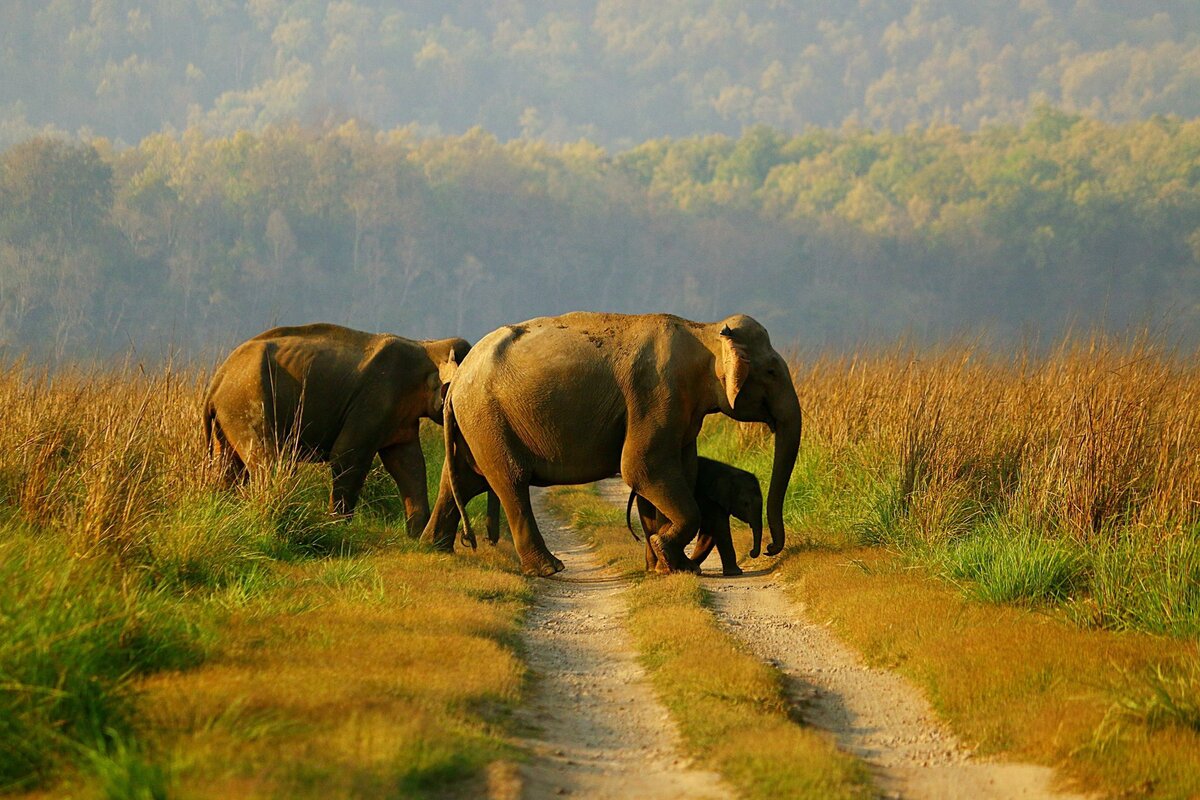As many as 1,054 people were killed and several others injured in wild elephant attacks in the past decade in Odisha, with the state reporting over 100 deaths on an average in a year, the government informed the assembly on Tuesday.
“The state reported 1,054 human deaths due to elephant attacks from 2014 till January 30 this year,” Forest and Environment Minister Pradip Kumar Amat said in reply to a question by Congress MLA Tara Prasad Bahinipati.
Advertisement
The Odisha government has also increased the ex gratia from Rs 4 lakh to Rs 6 lakh in this regard.
The major elephant habitation zones of Dhenkanal, Sundargarh, Angul, Mayurbhanj and Keonjhar accounted for the bulk of the casualties. Dhenkanal district with 227 human deaths in last 10 years topped the chart, the minister said.
The breakup of deaths due to elephant attacks stands at Dhenkanal (227), Sundargarh (181), Angul (144), Mayurbhanj (102), Keonjhar (99), Sambalpur (66), Khordha (36), Bargarh (28), Deogarh (22), Cuttack (21), Jharsuguda (20), Bolangir, Jajpur and Ganjam (16) Balasore and Kalahandi (15), Subarnapur (11), Boudh, Nuapada , Rayagada and Nabarangpur (4), Puri (2), Bhadrak, Kandhamal, Nayagarh and Gajapati (1).
Odisha, with 1,970 jumbos and home to 70 per cent of total elephant population in eastern India, has been witnessing deteriorating human-elephant conflict with elephant depredation spreading to 26 out of 30 districts of the state, he said.
“Wild animals wander villages searching for food due to shrinking habitats. The protected parks and wildlife sanctuaries, conferred habitation corridors of the elephants, face the onslaught of massive encroachment from people who live and forage, or graze cattle in the forests. The human interference of this nature is giving rise to frequent man-pachyderm confrontation,” Amat told the assembly.
Incidents of man-jumbo conflict are reported across the state almost on a daily basis.
Biswajit Mohanty, convener, Gajah Bandhu, an outfit espousing the cause of elephant conservation, said, “People are getting restive. There is every possibility of people giving vent to their anger targeting the animals. Elephants may face people’s backlash. Poachers may also take advantage of the situation. So, measures to curb the conflict need to be undertaken on a war-footing.”











